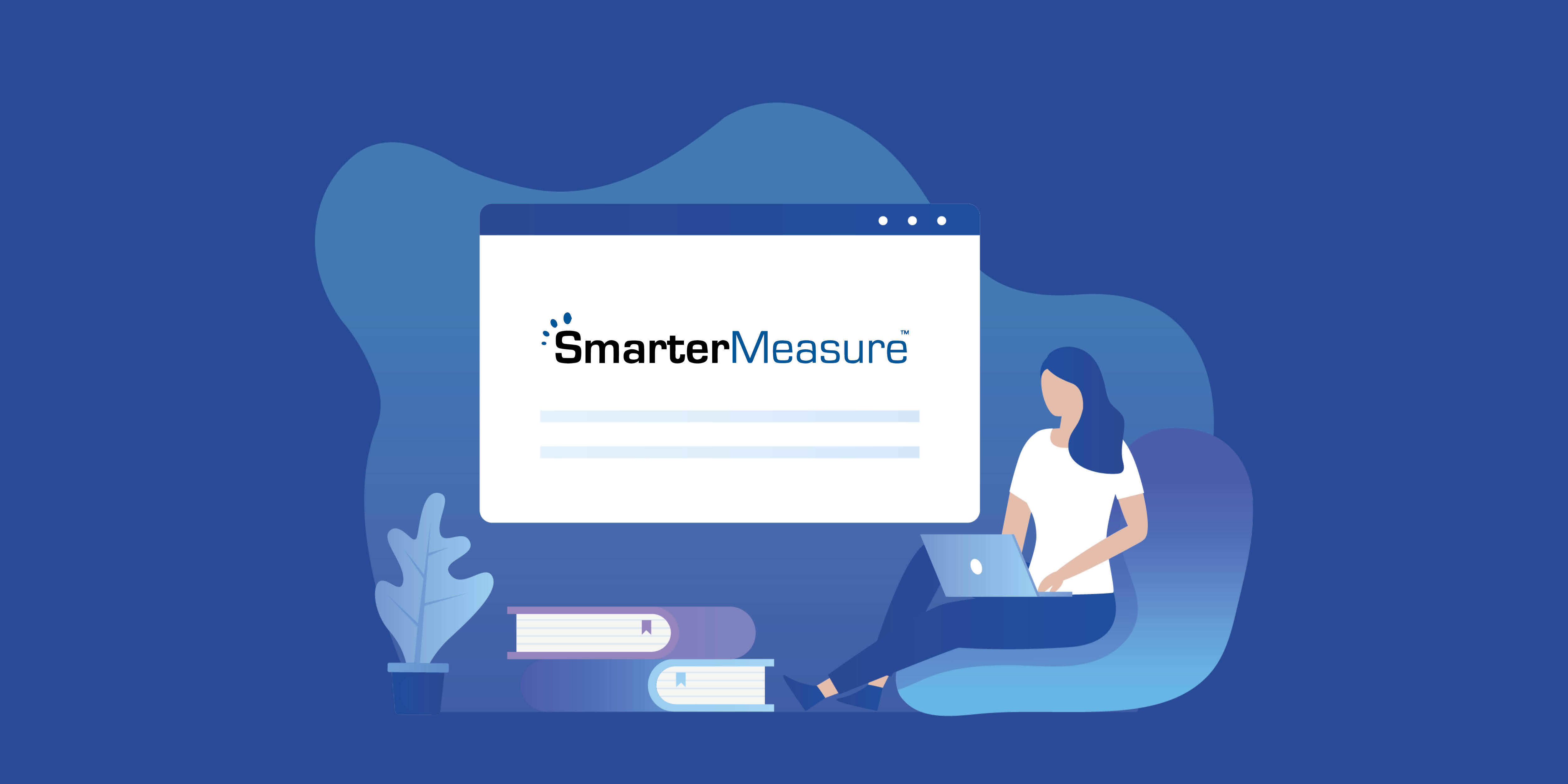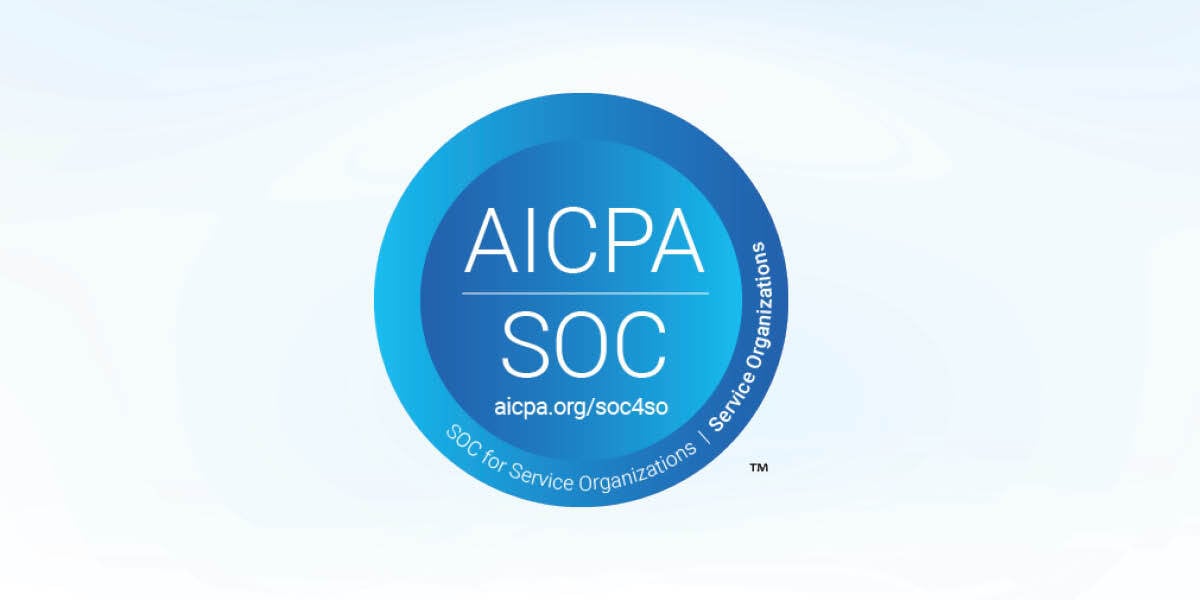
Next up for our blog series, "Education and Technology - Relationship Status," we are moving on to "learning." In our previous blogs, we focused on "teaching" and the impact technology has on faculty and mentors. In this blog, we are going to take a look at how students and professionals learn through technology, starting with student learning.
- What role does technology play in the learning process?
- How has it changed things for students over the past decade?
- What are the consequences of using technology in the learning process both good and bad?
Technology has opened up a whole new world that a couple of decades ago, simply did not exist. Foreign lands and cultures are no longer hidden inside a picture book or only seen by those with a plane ticket. Rather, the internet has created an avenue in which anyone can learn about other cultures through a virtual experience.
Technology plays the role of facilitator in educating a student. It enriches the educational experience providing options that can accommodate students in their quest to learn. According to a study released by Educause in 2004, technology has impacted student learning via communications, convenience, and control. The report represents over 4300 traditionally-aged college students and defines how they use technology. Even though the report is getting old, ironically the information has remained accurate.
One of the most important things technology has done for student learning is to increase accessibility. That means the borders have expanded for disabled students and rural communities. Not having a local college in close proximity to a student's home is no longer a challenge. Having to work a full-time job during business hours and being unable to attend traditional classroom hours can still be a challenge, but is no longer a roadblock to getting a degree. Even high school students who are chronically ill or seriously injured and unable to attend classes can easily access coursework. In addition, they can watch recorded video instruction or interact live with a teacher and classmates.
Using technology to facilitate student learning has come with many positive benefits. Students can pick and choose what mediums they prefer to learn content and maximize their study time. Students have immediate access to anything they do not understand or want to learn more about. Students are no longer solely dependent on teachers, parents, or other educated people to be their only source of information. Students are in charge of their own learning and technology has leveled the playing field in many ways.
On the other hand, there are two sides to every story. While the positive far outweighs the negative, the downside of technology still exists. Misinformation has been around since the old fashioned "telephone or gossip" game which requires absolutely zero technology. I remember playing that game as an elementary student being certain that it wouldn't work the way my teacher claimed. However, the original message got so twisted up, it made a believer out of me. The only difference between that old fashioned game and misinformation on the internet is...well...NOTHING. People hear something or see something. They tweet, snapchat, Instagram it, and refer to it in a blog post. And then...THEN...because it is documented and on the internet, it must. be. true.
This phenomenon is a bit worse than the telephone game because it usually spreads much faster (viral) and to a much larger group of people.
Another negative consequence of technology for student learning is having a record of foolish things they say and do. These days no matter where you are, somebody (usually everybody) has a device in which to record an event. We have all done things we aren't proud of, but for those of us who grew up in the 80s...boy, did we ever dodge a bullet! Documented shenanigans of college students can have long term effects on their future.
Some would argue the internet and technology are fostering laziness and contributing to the instant gratification nation. Perhaps you've thought that same thing. However, the faster we can get the information, the more time we have to learn. That's certainly something to consider.
In my opinion, the bottom line is there has never been a better time to be alive and a committed lifelong learner than right now! It's more convenient and accessible than ever to learn anything and everything about anything and everything.
In this our next blog post, we'll look at how technology has impacted the way professionals learn.
Stay up to date with all of our blog content by clicking here to subscribe to our blog!

.jpg)


